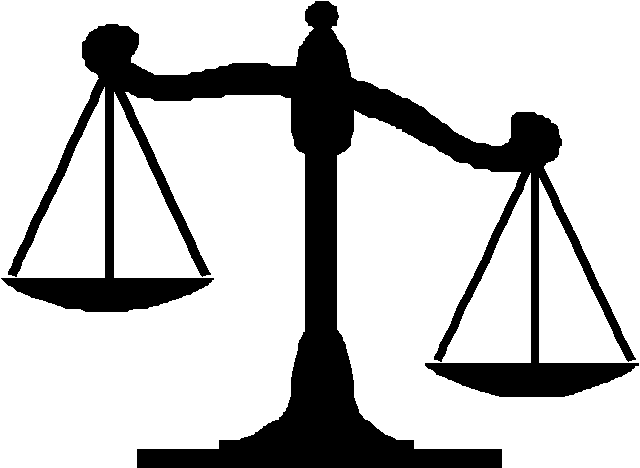Balance Sheet Equation
ASSETS = LIABILITIES + CAPITAL
Understanding this equation will guide you in recording transactions in accounting and in using QuickBooks. But first let us be clear on the components of the equation. I am sure you have read Robert Kiyosaki's Rich Dad;Poor Dad and one of his topic is regarding classifying things to Asset or Liability. Before we go further lets define these terms according to Accounting.
ASSET Things that are resources owned by a company and which have future economic value that can be measured and can be expressed in dollars. Examples include cash, investments, accounts receivable, inventory, supplies, land, buildings,equipment, and vehicles.
LIABILITIESObligations of a company or organization. Amounts owed to lenders and suppliers. Liabilities often have the word "payable" in the account title. Liabilities also include amounts received in advance for a future sale or for a future service to be performed
CAPITALA reference to stockholders'/Owners' equity. It is the net amount invested by the owners or the amount that is attributable to the owners or in other words the owners' part in the whole company.
The equation is just like any algebraic equation. Thus when there is an increase/decrease in asset there should be an equal increase on either liabilities or Capital to keep the equation balance thus the name BALANCE SHEET.
In a way it is a checking mechanism if you are recording transactions. If there is an imbalance in this equation one must be aware because it means there is wrong or erroneous recording of transaction thus the term "Your books is out of balance."
The same equation is the very reason why accountants use a Double Entry Bookkeeping system.





